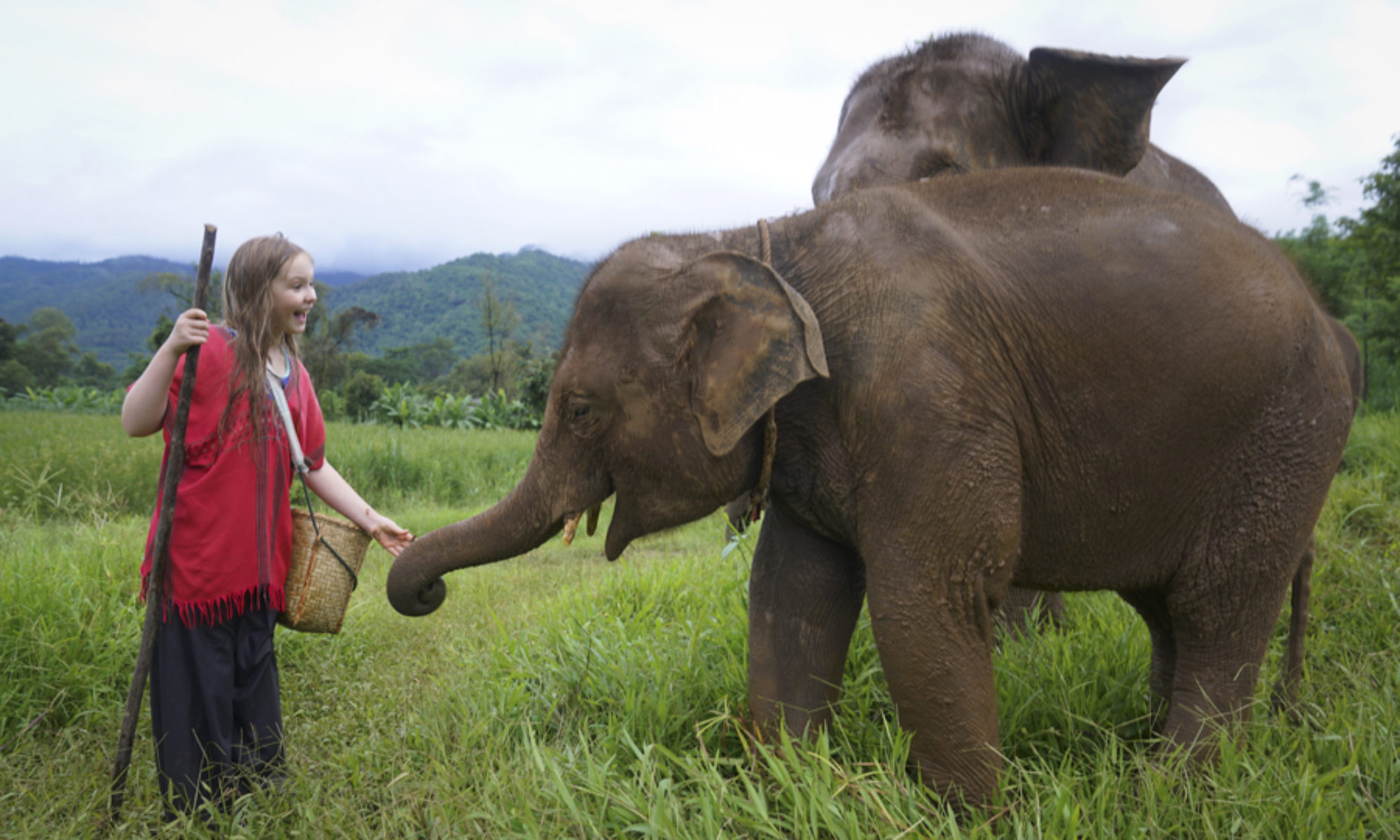
When I graduated from college, I was sure I wanted to study international relations, but at that time, while I knew a bit about American and European culture and geopolitics, I knew precious little about Asia. I didn’t even have a single Asian friend. So I decided to participate in the Japanese Exchange and Teaching Programme (JET), which brought 2,000 native English speakers to Japan to teach in schools. I was placed in Uji, a tiny town in the south of Kyoto Prefecture famous for Japan’s finest green tea.
The day Elise and I visited Uji, I had 3 goals: experience a tea ceremony, show Elise Byodo-in, the temple featured on the back of 10 yen coins, and introduce her to my old host parents. She had somehow hurt her leg while climbing the mountain at Fushimi Inari Shrine and was limping a bit, so when I spotted a row of wheelchairs at the entrance to Byodo-in Temple I asked to borrow one. There were many so there was no danger of our taking one from someone with greater need.


Elise spotted a window where beautiful, handmade temple stamps were being offered for 300 yen. She asked to have one for her journal, but they informed us that the stamps are considered so precious that they cannot be added directly to a standard journal. We were allowed, however, to purchase a stamp on a small sheet and add it later.


In the museum, there were stunning Buddha figures, a giant metal bell, and a gorgeous room with painted walls with buddhas arriving on a swoosh of air from the mountaintops. The patterns and colors – orange, gold, red and turquoise – were so beautiful fireworks were going off in my head. I was in agony that photography was not allowed.

Outside, we took a pleasantly strenuous path uphill which, unbeknownst to us, would eventually turn into a downhill path with large, shallow steps. The wheelchair pitched forward somewhat precariously each time we went over a step, causing us to laugh hysterically, but Elise wanted to stay in the wheelchair. Anyone observing from afar would have thought that I was an Extremely Bad Mom. Elise joked that she might actually break her leg, which would justify the wheelchair even more than her pulled muscle.
On our way out we stopped at the prettiest Starbucks I’ve ever seen that had a rock garden surrounded by lush greenery. It struck me as culturally brash, however, that it was occupying the best real estate in a strip of shops dedicated to selling Japan’s finest green tea.

As we made our way down the street, we noticed the heavenly scent of green tea emanating from one particular shop, Mitsuboshi-en Kambayashi Sannyu. I was hoping we might be able to observe a tea ceremony, but instead we were offered a lesson in preparing tea ourselves, which was even better. The owner, 16th generation tea master, Kambayashi Sannyu, told us that his shop had been the official supplier of tea to the Emperor during the Edo Period. He took us through the shop museum which had framed orders for tea from the Tokugawa Shogunate and a parade of tiny dolls transporting a huge pot of tea on foot representing their early missions to Edo (Toyko), a journey that took about two weeks.


He was clearly proud of his connection to the Emperor, rapidly flipping through magazines to show us photographs, but, interestingly, he seemed even more proud of a certificate of award from the 1876 International Exhibition in Philadelphia.

As we left, he flashed us a photo of what will become the 18th generation Mistuboshi-en Kambayashi Sannyu tea master: his cute, little, 3-year-old grandson.

In the tea room, his son, 17th generation tea master, had us rotate an old-school stone tea grinder (today it’s done mechanically), and we saw how the dark green tea leaves turn into a brilliant green powder.
He then taught us how to prepare the tea: place two spoonfuls into the cup, tap the spoon once on the ridge of the cup, add hot water, and whisk the tea briskly until it foams. Then clasp hands together and say itadakimasu, take a tiny bite of a sweet (in this case, a red bean paste confection), rotate the cup twice, and sip. When finished, rotate the cup back once, and say gochisosamadeshita. The taste of pure Uji tea is richer and yet more subtle than any other tea I’ve ever had. It was wonderful.


Nourished and satisfied, we took the local train 2 stops to my old neighborhood. We’d arrived on a different train line than the one I used to use, so I asked directions to Junese, my old host parents’ beauty salon while Elise petted a fluffy Pomeranian. As we walked, nothing looked familiar, until, suddenly, there it was – my old street! – transformed with a big, glaring grocery, but still, my old street. I marveled at how fast the nearly 30 years had passed since I’d lived there. When we reached my host parents’ salon, however, it was closed and their home was completely dark and I felt sad. Elise, however, managed to make the most of it by playing on the playground in front of my old house at the end of the street.


You must be logged in to post a comment.